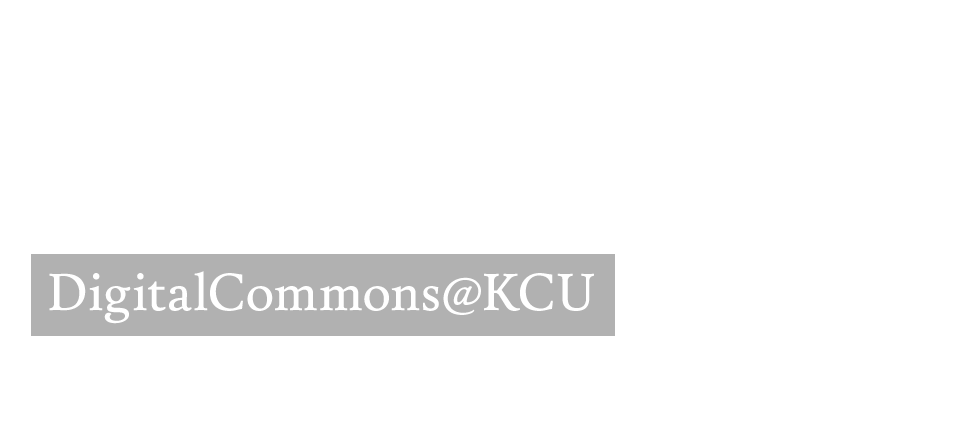Document Type
Article
Publication Title
Clinical and Translational Science
Abstract
The dorsal forearm represents a potentially viable location for a convenient wearable device for the administration of intramuscular (IM) injections, but this site has not previously been formally targeted for this purpose. The objectives of this study were to administer naloxone via IM injection into the dorsal forearm, characterize the pharmacokinetic (PK) profile of this injection site, and compare it to that of a standard IM injection. The study was an outpatient, open-label, single period, single treatment, single dose proof of concept (PoC) trial in 12 healthy subjects. After screening, participants provided a time zero (pre-dose) blood sample and then were administered 2 mg naloxone HCl as an IM injection in the extensor digitorum communis (EDC) muscle of the dorsal forearm. Serial blood (plasma) samples were obtained from the contralateral arm prior to dosing and serially thereafter for PK analysis. Naloxone concentrations were determined using a validated assay. PK parameters were generated from the naloxone concentration-time data. The means and ranges of the PK profile of naloxone administered IM in the forearm were: Cmax 5.3 ng/mL; Tmax 0.29 h; AUC[0-∞] 7.96 ng * h/mL, and the relative bioavailability of naloxone administered into the dorsal forearm was 87% compared to IM naloxone administered in the thigh. The subjects noted minimal discomfort with the forearm injection, and there were no adverse neurovascular events. This represents the first study wherein a drug has been administered in the EDC of the dorsal forearm as an IM target muscle.
DOI
10.1111/cts.70397
Publication Date
11-18-2025
Keywords
bioequivalence, forearm, intramuscular (IM), naloxone, narcotics, pharmacokinetics (PK)
ISSN
1752-8062
Recommended Citation
Krol TF, Beutel BG, Fierro C, Weir SJ. The Dorsal Forearm as a Novel Target for Intramuscular Injections: Clinical Pharmacokinetic Results With Naloxone. Clinical and Translational Science. 2025; 18(11). doi: 10.1111/cts.70397.

